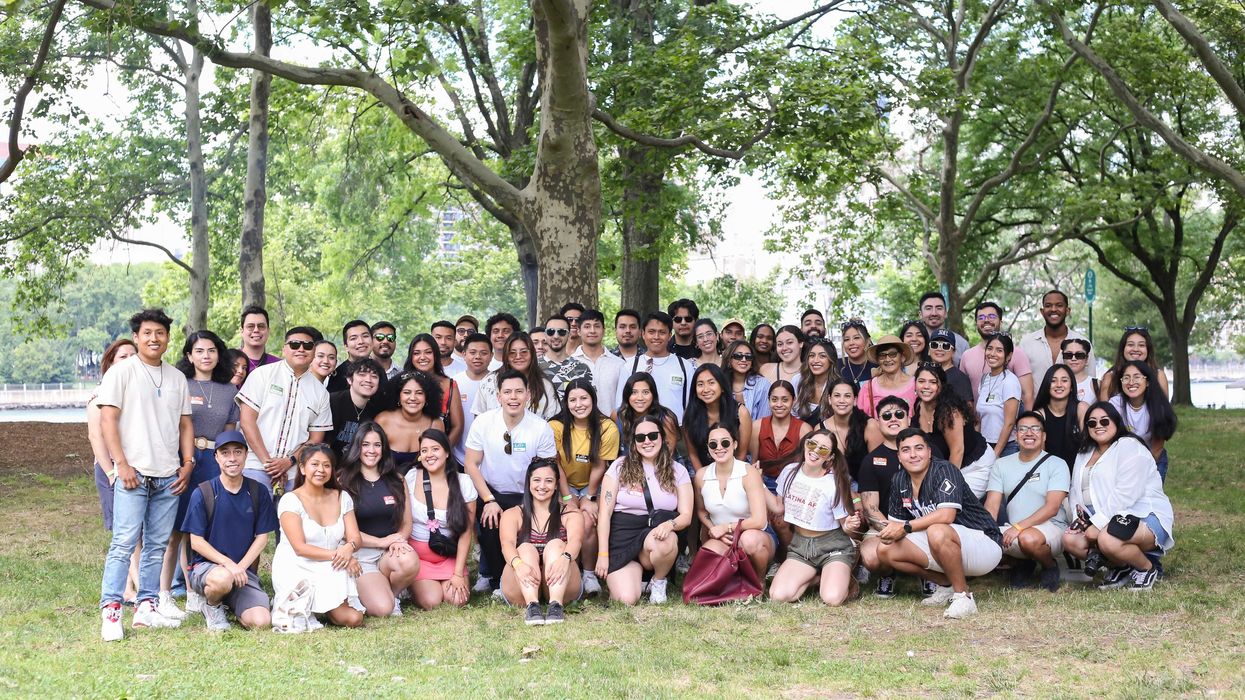Frazier is an assistant professor at the Crump College of Law at St. Thomas University. He previously clerked for the Montana Supreme Court.
The Post Office Act of 1792 is the most important piece of legislation you’ve never heard of. This single act turned the postal network into a marketplace of ideas rather than a means for generating revenue. Today, our primary channels for the spread of ideas – social media platforms – are steered by profit rather than the public’s interest.
If that status quo persists, you can expect our democracy to continue to deteriorate. That’s why we’ve got to study and learn from the Post Office Act, Congress’s postal power and the expectations of the founders. A quick historical review suggests that the government not only has the authority to intervene in the marketplace of ideas but actually has an affirmative duty to do so.
You don’t need a PhD in political science to know that our democracy will fail if people don’t have access to timely, accurate and actionable news. The Founders acted on that simple fact by establishing and expanding a postal network. Thanks to the Post Office Act, the 69 post offices that existed in 1788 became 13,000 by 1840. What’s more, the law subsidized the spread of democratic information by lowering the postage rate for newspapers and eliminating postage for the exchange of news between printers. It follows that over the course of a few decades, Congress made sure that Americans in every nook and cranny of the country could read about current affairs in quality newspapers.
Two centuries later, it appears as though Congress has forgotten its obligation to maintain a primary channel for the distribution of democratic knowledge. That obligation is baked into Article I, Section 8, Clause 7 of the Constitution, which grants Congress the power to “establish post offices and post roads.” Given that there were no alternative channels for mass communication when the Constitution was written, this clause can and should be interpreted as a grant of authority to develop a robust marketplace of ideas.
Now, you might ask why the Founders didn’t instead grant Congress the power “to ensure widespread access to information on current affairs.” But that’s akin to asking why principals didn’t have ChatGPT policies in 2004. You can’t regulate what hasn’t been invented. When the Founders authorized congressional control over the postal network, they were authorizing government intervention in the only channel of mass communication that had ever been known. In short, Congress’s postal power should be read in a technologically neutral way – any other interpretation would render much of Congress’s other enumerated powers pointless.
A quick thought exercise proves my point. Article I, Section 8, Clause 13 empowers Congress to "provide and maintain a Navy." The Navy in 1790 looked a lot different than today’s Navy. If this clause wasn’t read in an instrumental fashion – to permit Congress to maintain a functioning Navy – then one could argue that Congress ought only fund 36-gun frigates even though technological advances have since made those ships obsolete.
Today, the postal network is no longer the primary channel for the distribution of news. That title belongs to social media platforms. Don’t take my word for it. Here’s what the Supreme Court had to say in 2017: Cyberspace hosts the “most important places for the exchange of views.” Yet, in the same way our postal network used to be perceived solely as a money-maker, we have been lured into accepting a narrow conception of social media platforms as economic entities rather than essential and irreplaceable channels of communication.
The Post Office Act, viewed in the political and technological context of the times, should serve as a reminder that the Founders would have vigorously contested the primary channels of communication being exclusively operated by private entities and, for all intents and purposes, solely in the interest of profit. Again, don’t take my word for it.
Thomas Jefferson noted that the success of a democracy hinges on the people having "full information of their affairs through the channel of the public papers." That's why he called for a communications network that ensured "those papers ... penetrate the whole mass of the people." In case there was any doubt about Jefferson's belief in the need for a functioning marketplace of ideas, he went so far as to say, "were it left to me to decide whether we should have a government without newspapers or newspapers without a government, I should not hesitate a moment to prefer the latter." George Washington likewise stressed the "importance of facilitating the circulation of political intelligence and information."
Jefferson and Washington could not be more clear: A democracy requires a primary channel for distributing news about current affairs. If that channel had been in the hands of a few merchants with insufficient concern about our collective democratic health, do you think these revolutionaries would have just accepted that untenable status quo?
I think “no” is the only rational answer. So, let’s learn from our Founders and dare to demand a reconception of our information ecosystem that serves people rather than profit. In particular, scholars, policymakers and the like should explore a new interpretation of Congress’s postal power – this new research could unleash a long overdue reconfiguration of our marketplace of ideas.











 Source: Corporate Pero Latinos
Source: Corporate Pero Latinos Source: Corporate Pero Latinos
Source: Corporate Pero Latinos Source: Corporate Pero Latinos
Source: Corporate Pero Latinos







